By David Alan Johnson
The eight-inch shell that penetrated the cruiser’s hull and threatened to blow up her forward magazines was a Type 91 armor-piercing shell, which had been designed to continue through the water when it fell short of its target and penetrate the ship’s hull below the waterline. The damage done by this type of projectile, sometimes called a “diving shell,” was intended to be more like that inflicted by a torpedo than by a conventional shell.
[text_ad]
The concept of the diving shell came about by accident. During gunnery trials in 1924, Japanese officers noticed that some “shorts” continued their trajectory through the water and pierced their targets below the waterline. Not only did these shells explode inside the target ship; they also caused considerable flooding. Because of their ability to inflict damage by both flooding and explosion, it was decided to investigate the possibility of introducing diving armor-piercing shells into the Japanese Navy’s arsenal.
After much testing and study, it was discovered that making a shell with a very blunt or nearly flat nose eliminated any tumbling or lateral movement under the water, which had been a problem with conventional shells. The flat shell stayed on an even trajectory after it broke the surface. The projectile was given a pointed ballistic cap that broke away upon impact with the sea, allowing a good trajectory through the air as well as under the water.
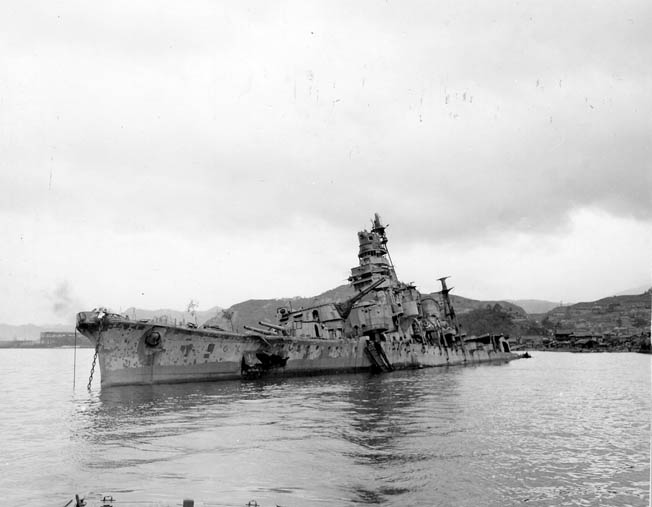
An entire range of diving shells was created, eight-inch and larger. In spite of the confidence shown by Japanese officers, the only known instance of a Type 91 shell actually penetrating its target below the waterline was at Cape Esperance against USS Boise.
After a thorough inspection of Boise and the damage done to her hull, American ordnance and ballistics experts were able to work out the properties of the Type 91 shell. American tests of a diving shell similar to the Type 91 confirmed that it maintained a good underwater trajectory and that it had consistent success against lightly armored ships. Its effectiveness against heavier armor proved to be very poor. The U.S. Navy decided that a diving shell would not make a worthwhile addition to its inventory.
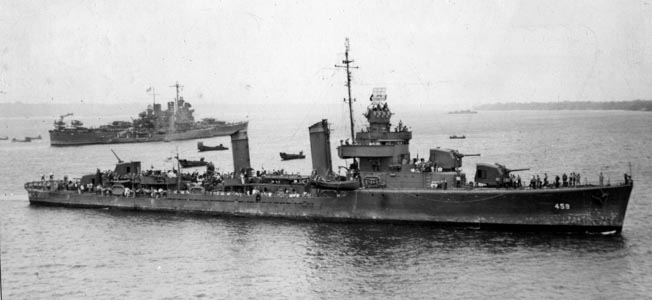
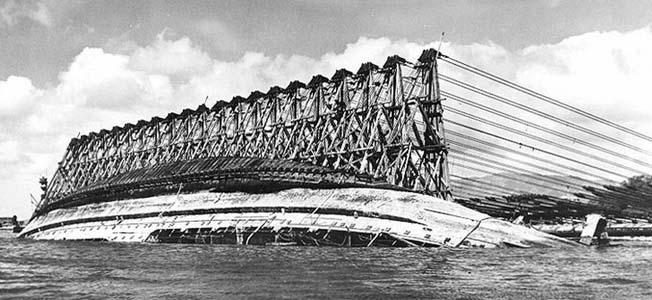
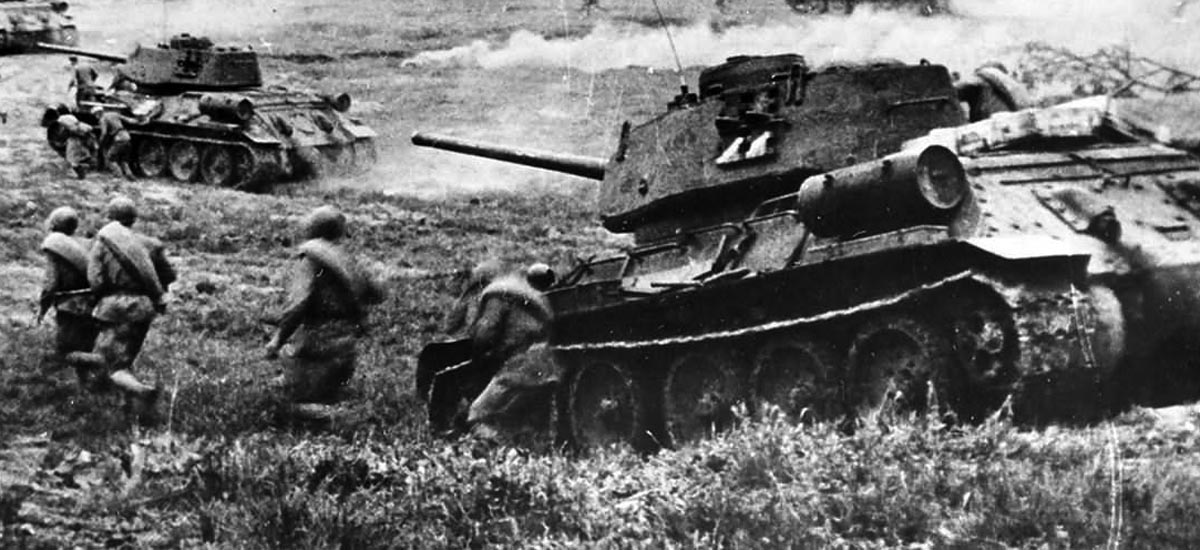
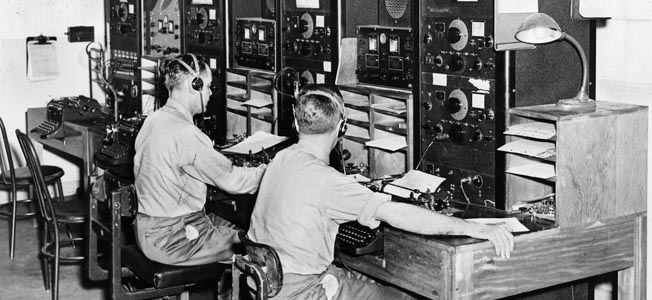
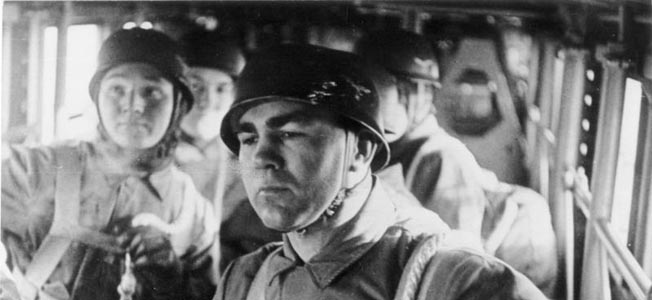
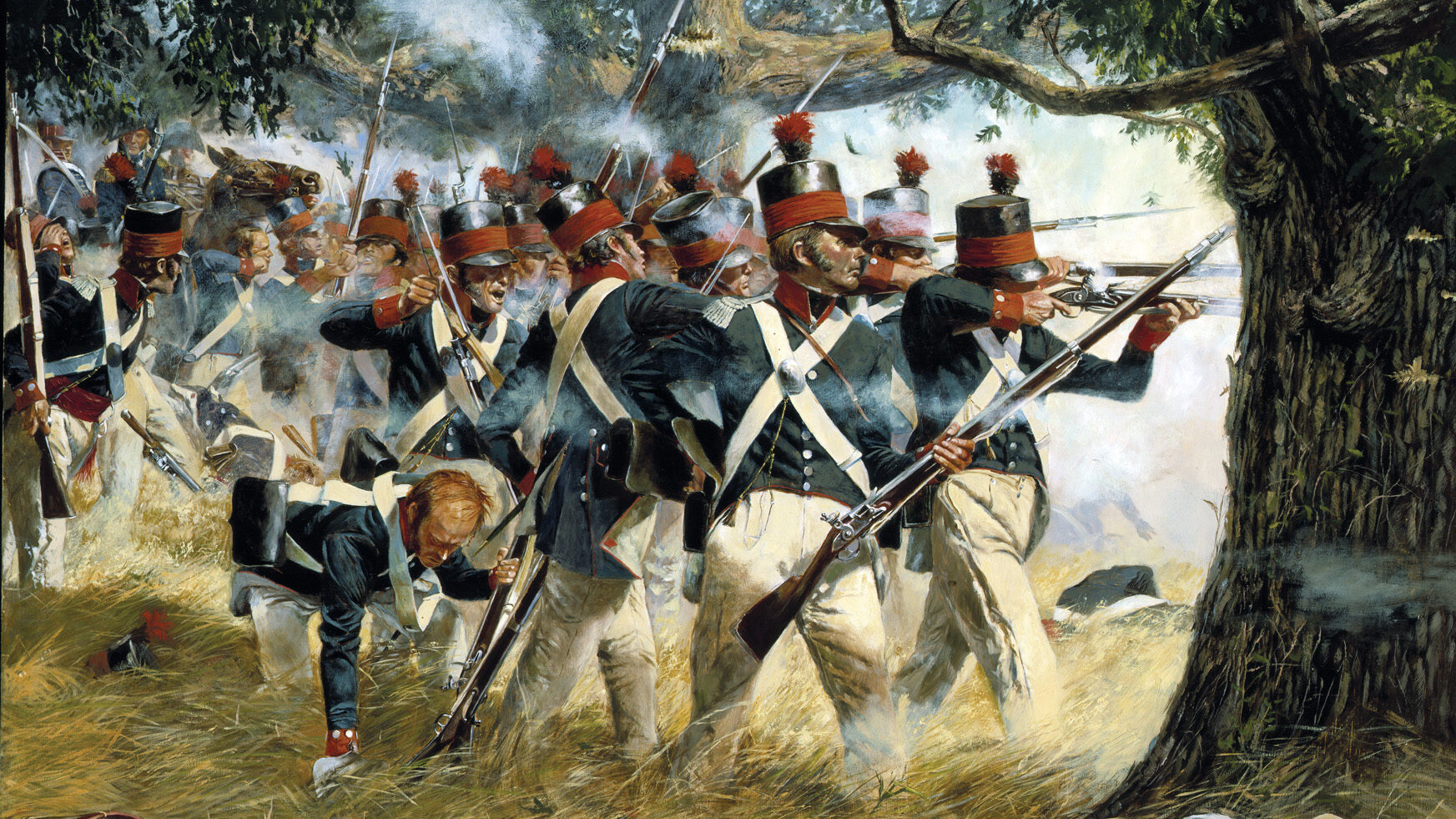

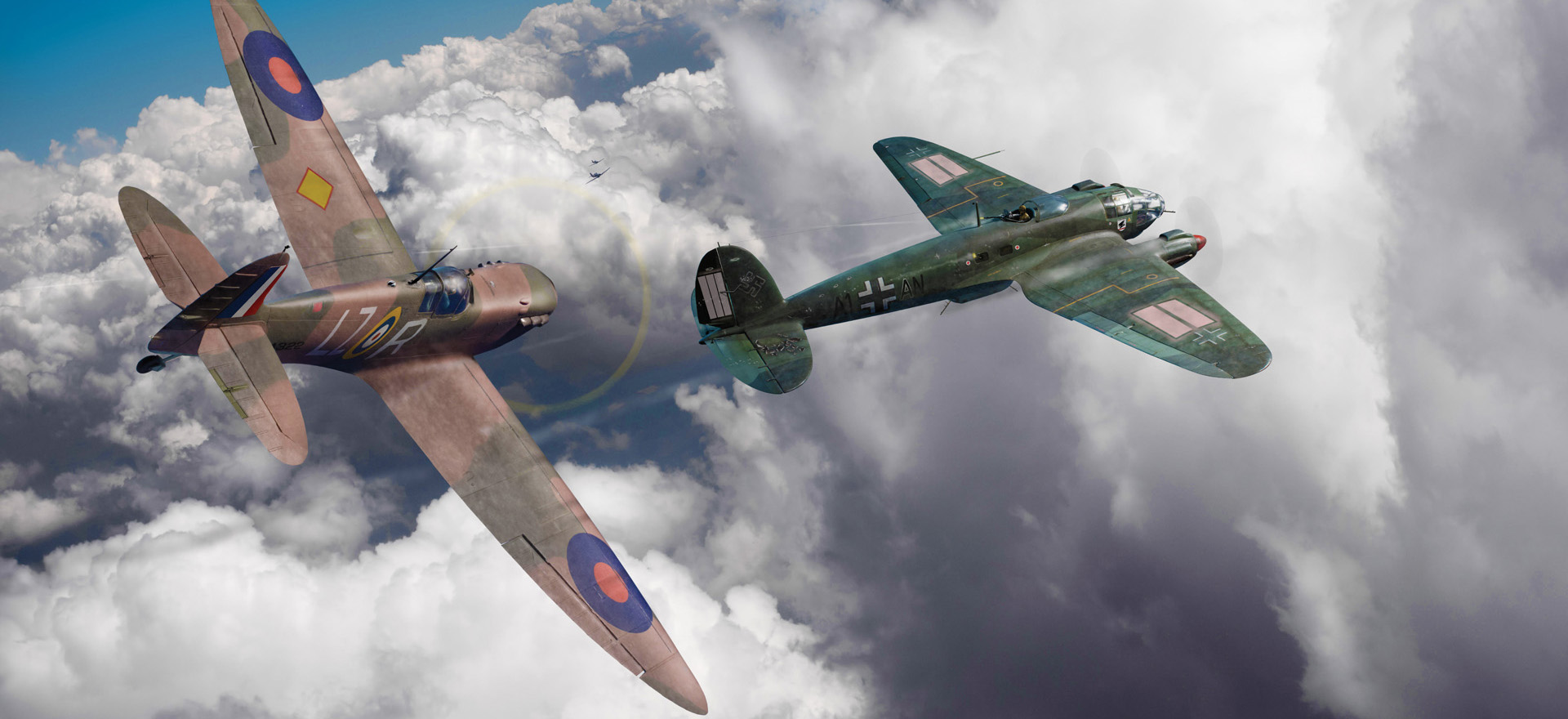
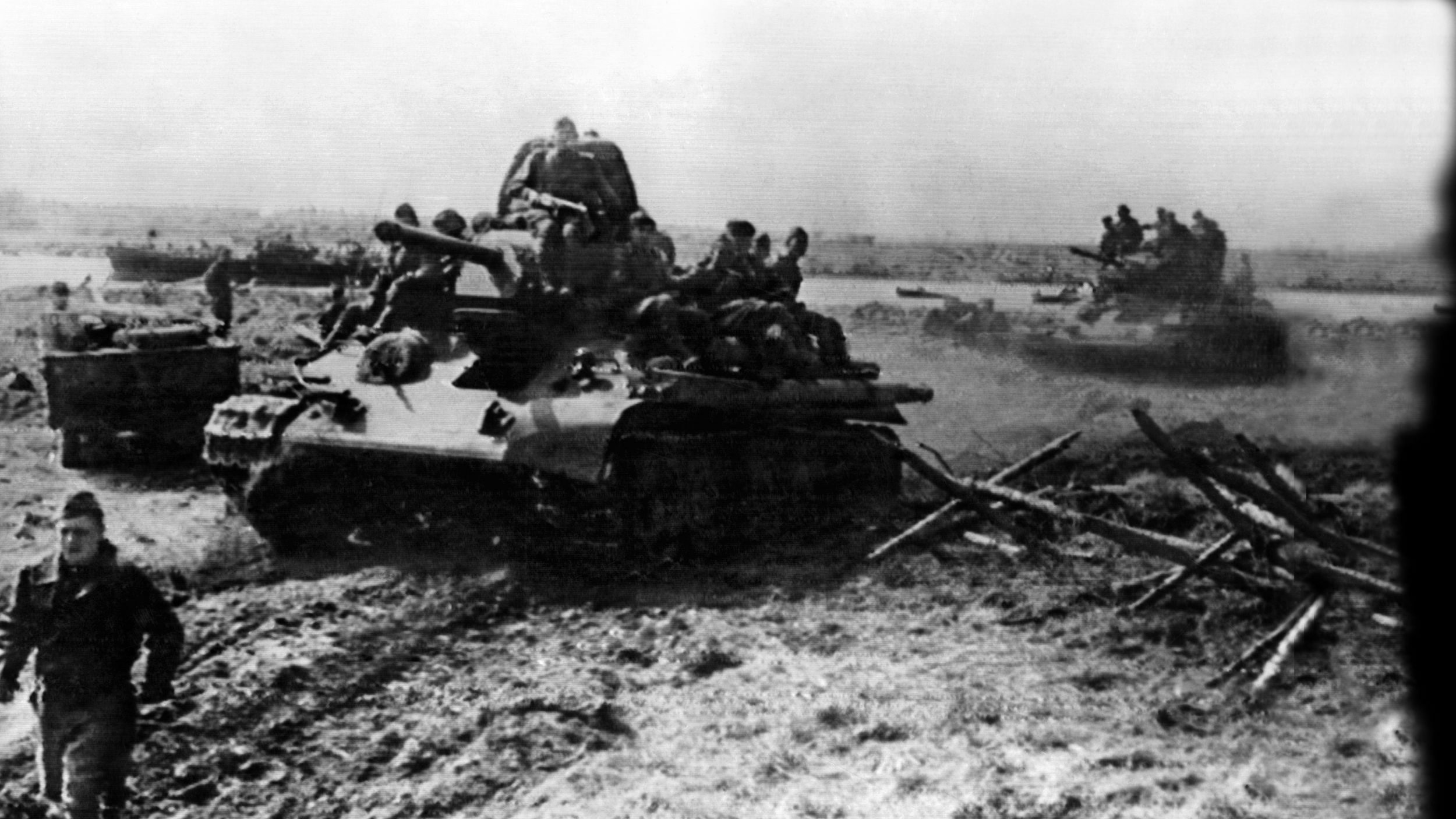
The photo above shows the wreck of cruiser Aoba after war, not USS Boise
The USS Boise was a Brooklyn Class Cruise with 15×152 mm guns in 5 turrets, that picture is definitely not a Brooklyn Class Cruiser.
Mike